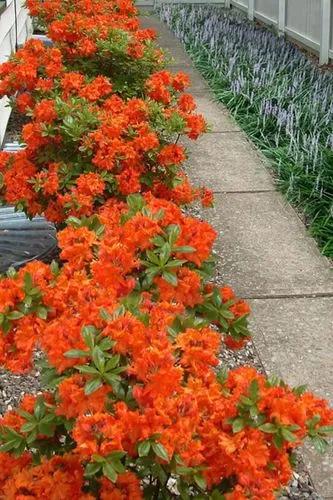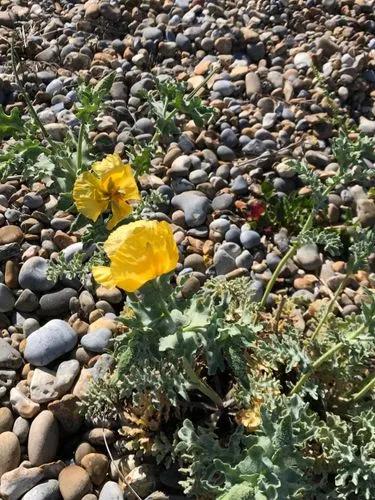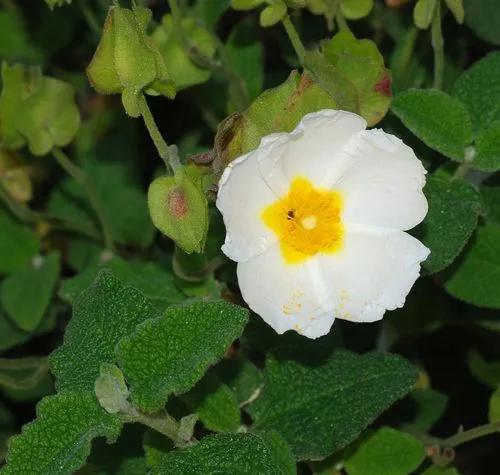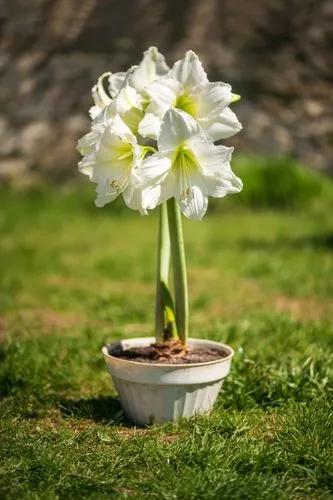Delphiniums are outstandingly beautiful, but there’s one problem – they’re just too tall for many gardeners’ taste. New Zealanders selected this tiny hybrid to spare you from the troubles of staking and falling pots. Delphinium “mini stars” stays true to the roots while remaining compact and resilient. Its vivid blooms impress even planting veterans.
Mini stars delphinium Care
Delphinium new millennium 'Mini Stars'



Delphiniums are gardeners’ favorites because of the rare blue and purple color of the blooms. The plant is bushy, many-branched, and has a strong growth habit. Blue, mauve, pink, and lilac flowers will make your Delphiniums the true stars of the garden.
Regular Delphiniums can reach up to 7ft (2m) tall. This variety, however, grows just up to 2.5ft (60cm) in height.
How to Care for the Plant

Water

Water deeply through the rainless periods, but don’t let the plants soak in water. Delphiniums like water, but you’ll get root rot if you overdo it. Also, it’s better to water the plants at the base and not to touch the blooms. This way, you can decrease the risk of illness.

Pruning

Delphiniums will flower in June and July. When the flowers are already faded and start to look somewhat tatty, cut the flowering spikes down while keeping the foliage intact. This sounds harsh, but it will make the flowers reappear once more in August and September. In fall, cut the entire plant to the ground when it wilts.

Fertilizer

Delphiniums are heavy feeders. Applying a balanced, slow-release liquid fertilizer every 2-3 weeks will boost your plants’ growth. Adding compost and manure to the soil is also very helpful.

Sunlight

Plant Delphiniums in an area that receives 6 to 8 hours of full sun, preferably morning sun. Dappled shade can also work.

Soil

A well-draining soil rich in organic matter is a must. Average pH is important – if your soil is overly acidic, add lime to make it more suitable for Delphiniums.

Propagation

Delphiniums are usually propagated from seeds. It’s better to use fresh seeds because germination can fail in a year. Chances of germinating are better if the temperatures are between 65°F (18°C) at night and 75°F (23°C) during the day, and if you presoak the seeds. Cover the seeds with a thin layer of soil and keep it evenly moist, but don’t let the seeds drown. Transplant when the plants have sprouted two true sets of leaves.

Temperature

Delphiniums like cool climates. Hot weather above 78°F (26°C) will harm your plants. Generally, they are recommended for planting in US zones 3-7.

Container

Delphiniums are usually grown outdoors. If you decide to plant them in a pot, choose the one with drainage holes.

Fun fact

Delphinium gets its name from a Greek word referring to – you won’t guess – dolphins.

Popularity

77 people already have this plant 43 people have added this plant to their wishlists
Discover more plants with the list below
Popular articles






